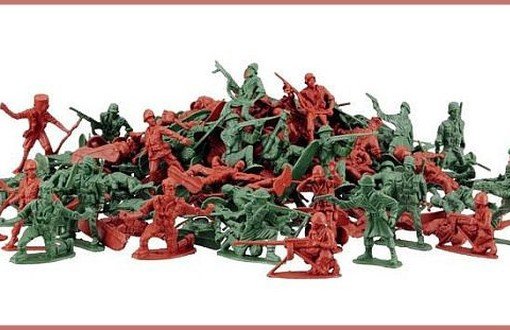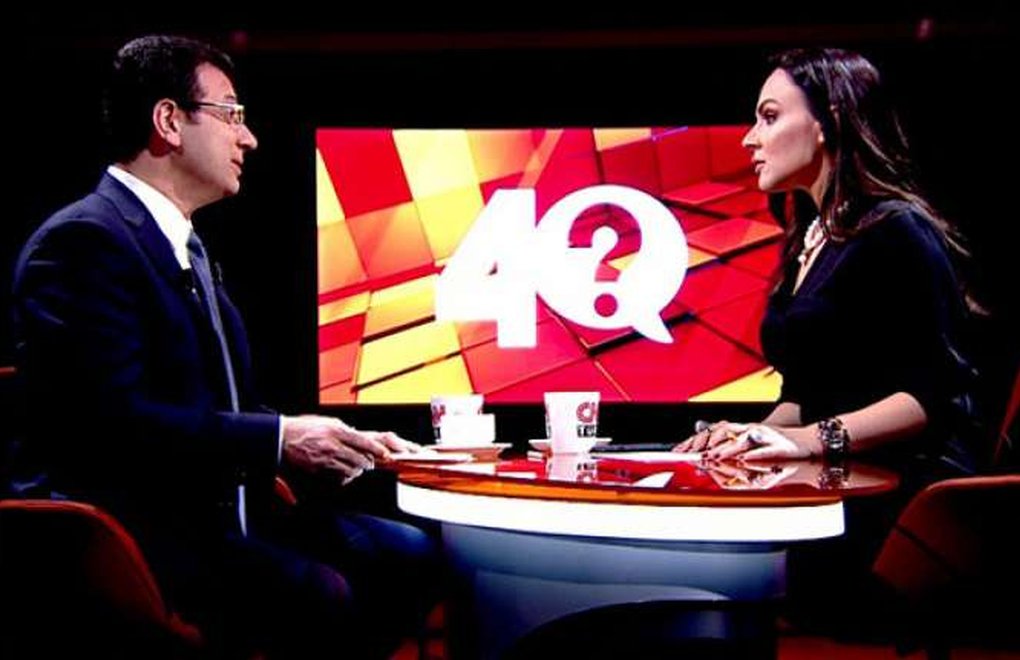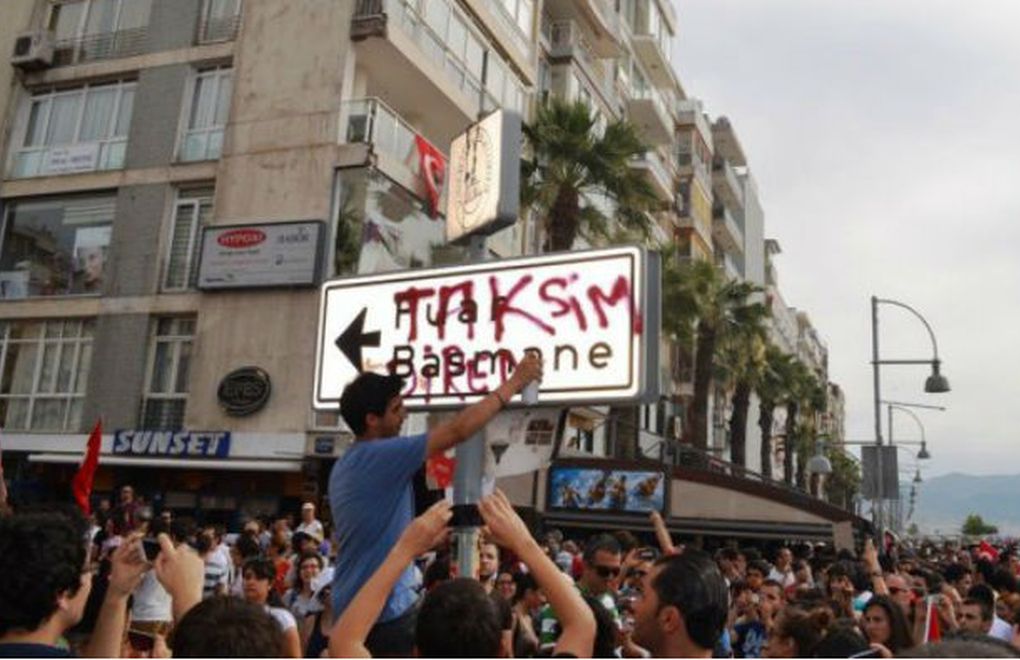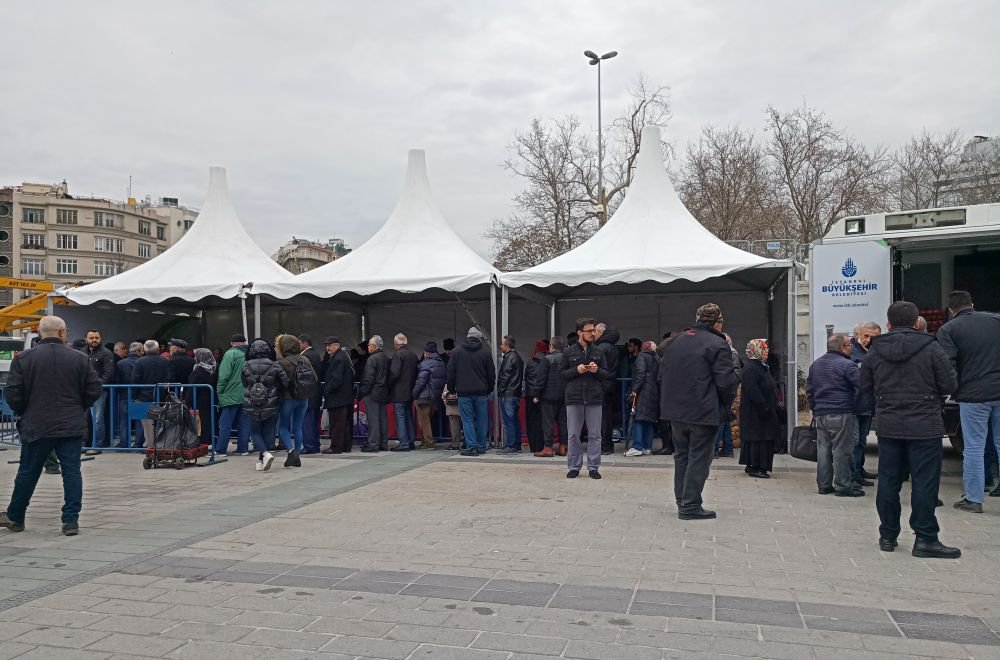In a conference in the U.S. he went for formal visits, Anders Fogh Rasmussen, NATO Secretary General, told the member states should not increase their defense expenses. According to Rasmussen, gross domestic product (GDP) must reach the rate 2 percent in the 24 member states including Turkey.
Rasmussen states he sees the tendency of defense expenses to decrease as a problem and indicates the limit is 2 percent, for a while. However, as to the data of 2013 Stockholm International Peace Research Institute (SIPRI) published on March 2014, Turkey’s military expenses are increasing. Turkey was 16th in 2012 and it rose to 14 in 2013, and the rate of GDP seems to be 2.3.
bianet interviewed Prof. Dr. Nurhan Yentürk from Istanbul Bilgi University Department of Economics and Center for Civil Society Studies about the call of Rasmussen for 2 percent and the point Turkey’s military and defense expenses have come today.

According to SIPRI’s 2014 data, the military expenses of Turkey has increased and the rate of GDP seems to be 2.3. Why the data of NATO and SIPRI are different from each other? Which expenses are involved NATO’s ‘increasing’ criteria?
NATO’s definition of military expenses are narrower than SIPRI’s. While NATO regards the Ministry of National Defense and the salaries of retired military and civil personnels from there, SIPRI defines the expenses for paramilitary forces trained by the army as a part of military expenses. In this sense, while the expenses, such as Turkish Gendarmerie General Command, Coast Guard Command, the salaries of village guards are involved in SIPRI’s definition, NATO does not involve them.
Rasmussen explained what is the ‘subsidy’ notion in her explanation “Nato is an insurance policy against instability. All members have to pay their subsidies and the subsidy has been increased just a short while ago.” What is her intention of saying subsidy?
I guess she defends risky environments requiring intervention are evolving and threatening NATO states, therefore, she supports the increasing of military expenses. However, the role of military interventions, arms aid and arms trade in the appearance of the instability, reinforcement and turning this into a vicious cycle should be debated. I think stating the need for increasing military expenses without mentioning all these shows us we are in a vicious circle.
According to GDP, Turkey’s defense expenses have a tendency to decline. What is the reason of this?
In the rate of GDP, we can see a decline in Turkey’s military expenses. The decline reveals itself obviously especially after 2001 depression and AKP government. After 90s, when the rate reaching 4 percent to GDP rate is calculated with SIPRI’s method, it is 2.56 percent in 2006 and 2.3 percent in 2013. However, we need to debate the issue with the whole military and domestic safety expenses.
While the rate of domestic safety expenses to GDP rate was 0.88 percent in 2006, it raises 1.36 in 2013. When we take it as a sum of security expenses, we see an increase from 2006 to 2013. Because when the rate of the whole security expenses to GDP rate in 2006 was 3.44, it becomes 3.68 in 2013.
Are the military expenses of Turkey transparent, can we follow these expenses?
With the implementation of law no.5018 in 2003, we have been substantially able to reach either military expenses or domestic safety expenses especially since 2006. There are still some expenses having restrictions to reach. In recent years, Turkish Armed Forces Strengthtening Foundation started to publish their annual income and expenses.
On the other hand, we can say just because some data are available does not mean transparency. We understand from the transparency of data that they should be detailed enough to be followed and debated by public opinion and of course, deputies in terms of the expenses of adopted policies, their alternatives and activities.
For instance, we do not know how much Money spent on tear gas and military expenses for Syria. These are included in the expenses mentioned above but we do not know the details of especially these expenses. We cannot learn these data from the responses to deputies’ parliamentary questions.
We can learn from the Ministry of National Defense’s activity reports and declarations to public approximately 50 percent of the expenses consists of personnel expenses and 25 percent of which consists of expenses, such as kitchen, accommodation, fuel, clothing, transportation, officer’s club. However, we cannot know how actively and efficiently they spent these. (HK/MEV)
* Click here to read the article in Turkish.











